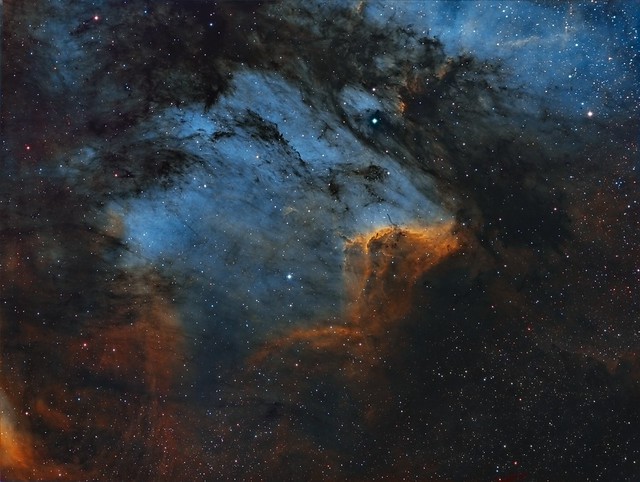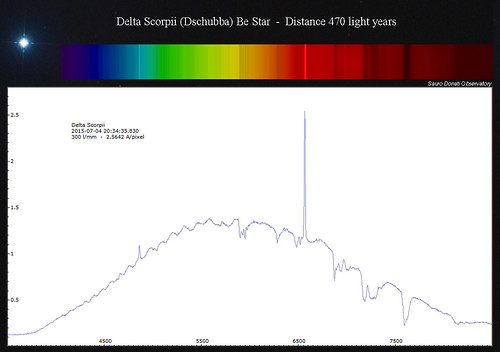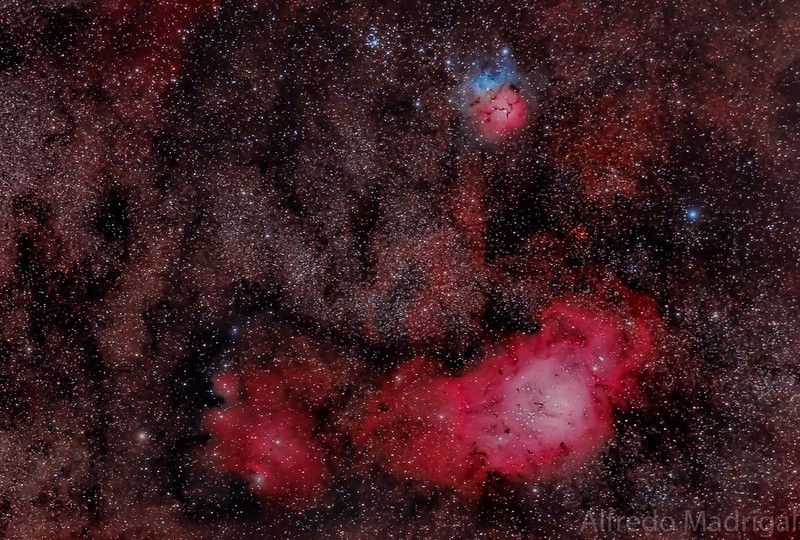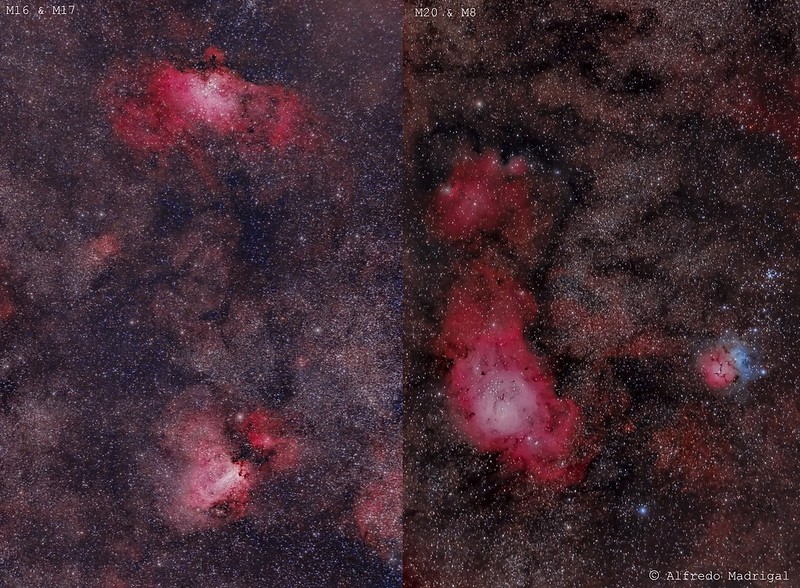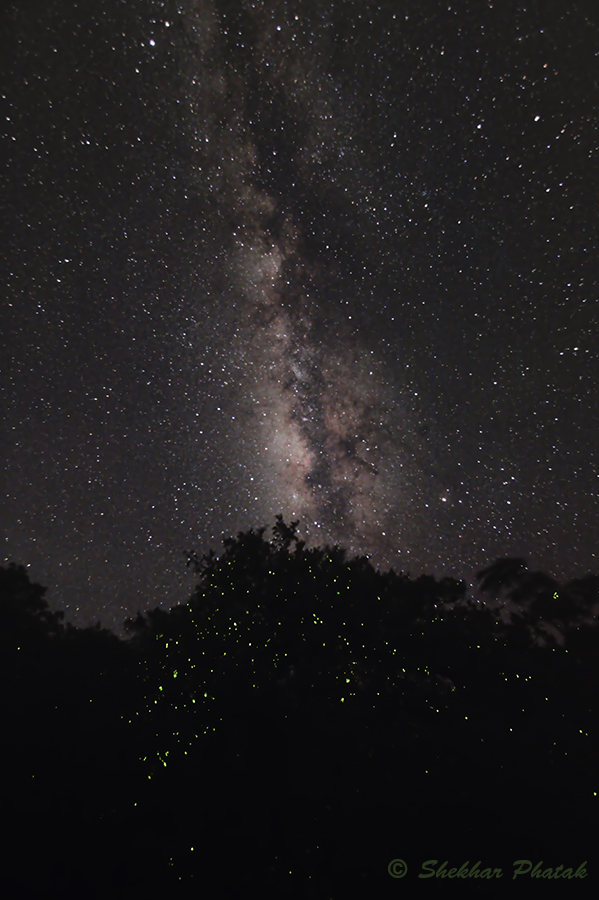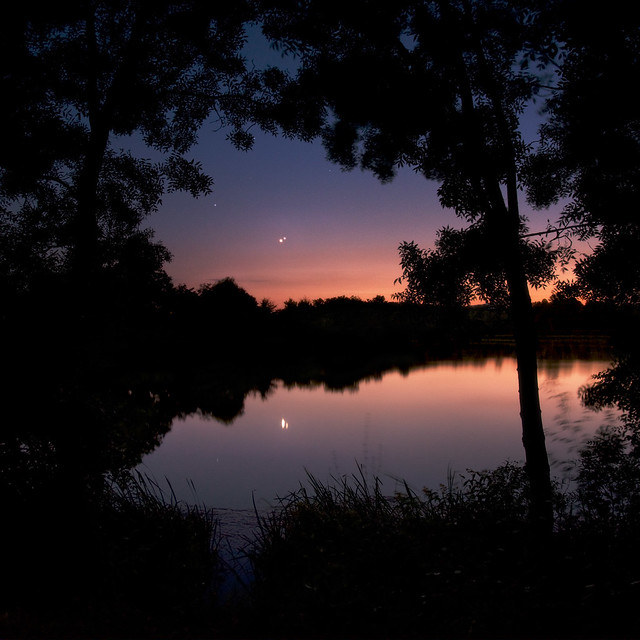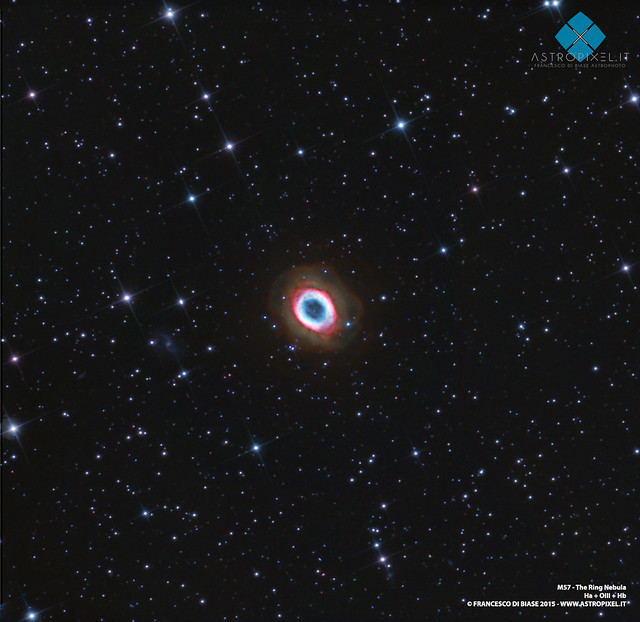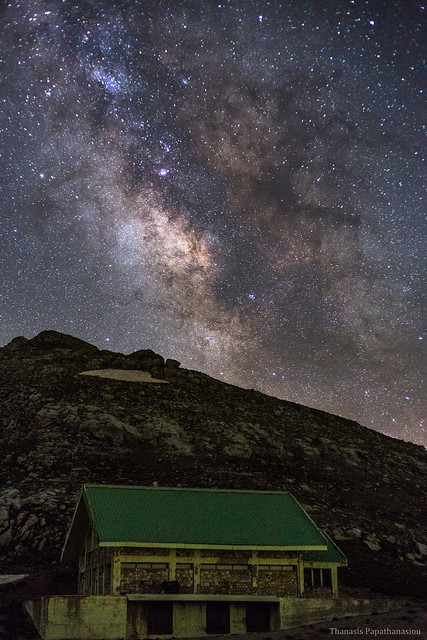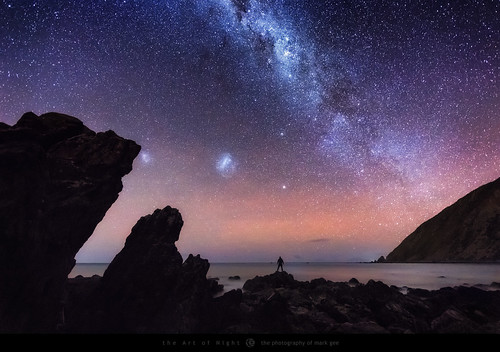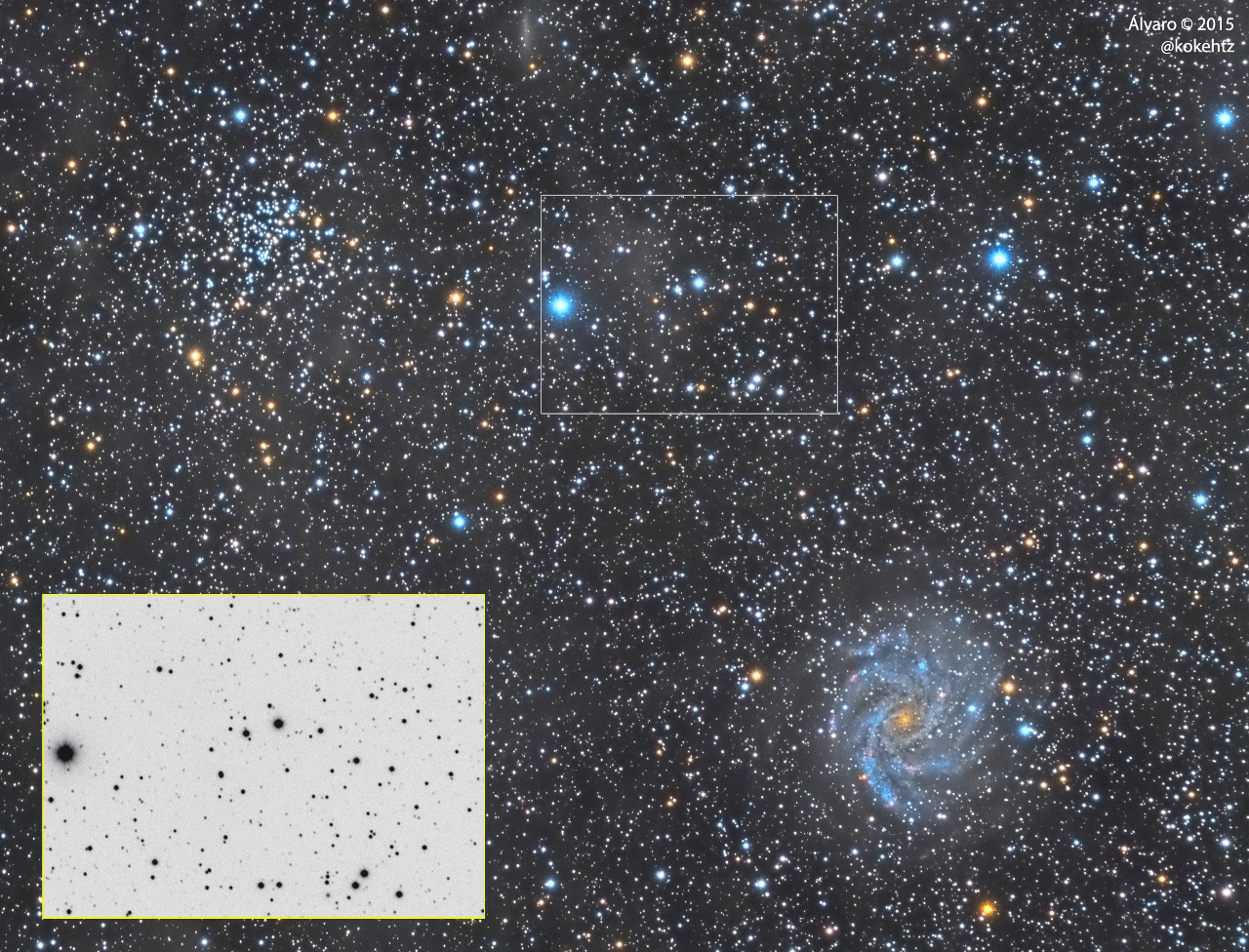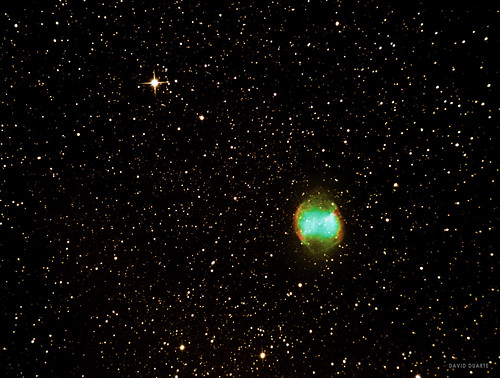Post
by Guest » Mon Jul 06, 2015 4:09 pm
Full Moon of July & Temple of Poseidon at cape Sounio, Attica, Greece
Full Moon 15.48 days old, rise behind the ancient Temple of Poseidon,
This is the first Moon of July, capture on 2th July 2015 21:15(UT+3), the Moon was on the left hand(ρ1-Sgr) of Constellation of Sagittarius and it was 371645km (230929miles) away from us, and it was about 4° above the Ecliptic. While the Sun was at the opposite site just 6° under the horizon.
This year July has two full moons the second one is on 31th of July and it call it Blue Moon.
The Moon appears huge because of the telescopic illusion, the Temple was 1540m.(5052ft) away, while the photo shot by a 1000mm f7.7 Telescope.
According to Greek Mythology, Cape Sounion is the spot where Aegeus, king of Athens, leapt to his death off the cliff, thus giving his name to the Aegean Sea.
Archaeological finds on the site date from as early as 700 BC. Herodotus tells us that in the sixth century BC, the Athenians celebrated a quadrennial festival at Sounion, which involved Athens' leaders sailing to the cape in a sacred boat.
Canon eos 700D
iso800
Takahashi TOA 130 APO of the Astronomical Society of Corfu
1000mm
f7.7
-
Attachments
-

- Full Moon of July & Temple of Poseidon at cape Sounio, Attica, Greece


